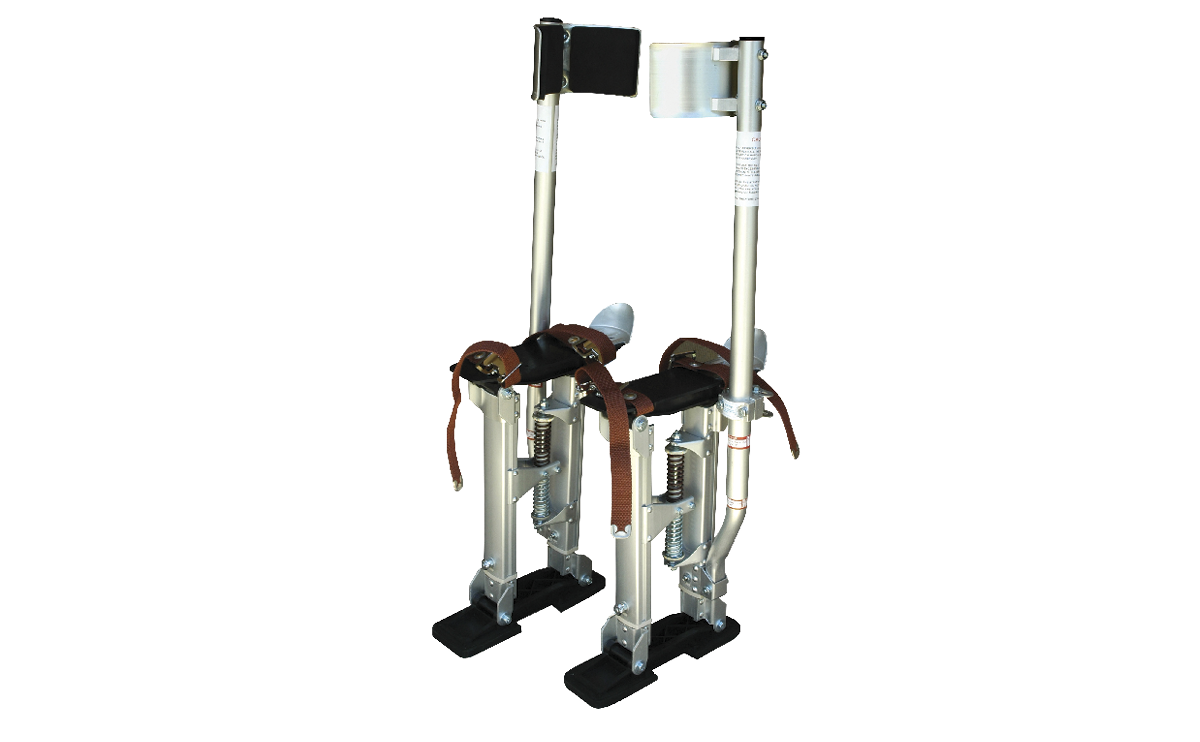
Plastering is a crucial skill in the world of construction and DIY projects. Whether you're looking to repair a small hole in the wall or completely renovate a room, having the right tools is essential for achieving professional results. If you're a beginner looking to take on a plastering project, this guide will help you understand the essential tools you'll need to get started.
Types of Plastering Tools
1. Trowels
Trowels are one of the most essential tools for plastering. They are used to apply and smooth out plaster on walls and ceilings. There are different types of trowels available, including:
- Plastering trowel: Used for applying plaster to walls and ceilings.
- Finishing trowel: Used for smoothing out the plaster and creating a polished finish.
- Corner trowel: Used for getting into tight corners and angles.
2. Hawks
A hawk is a flat square board with a handle underneath that is used to hold and carry plaster. It provides a flat surface for you to scoop up plaster with your trowel and transport it to the wall. Hawks are available in different materials, such as plastic and aluminium.
3. Jointing Knives
Jointing knives, also known as spatulas, are used for applying and smoothing plaster in hard-to-reach areas, such as corners and edges. They come in various sizes, with flexible blades that make it easier to work with different types of plaster.
Essential Plastering Accessories
1. Mixing Paddles
When working with plaster, you'll need to mix it to the right consistency before applying it to the wall. Mixing paddles are attachments that you can connect to a power drill to help you mix plaster quickly and efficiently.
2. Plastering Float
A plastering float is a flat tool used for smoothing out large areas of plaster. It helps to level the plaster and create a uniform finish on walls and ceilings. Floats are usually made of plastic or magnesium for durability.
3. Bucket Trowel
A bucket trowel is a small, pointed tool used for scooping plaster out of a bucket and onto your hawk or directly onto the wall. It has a curved blade that makes it easier to collect and transport plaster without making a mess.
Tips for Using Plastering Tools
1. Practice Proper Technique
- Hold the trowel at a slight angle to the wall for better coverage and smoother results.
- Use consistent pressure when applying and smoothing out plaster to avoid uneven surfaces.
- Clean your tools regularly to prevent plaster from drying and hardening on them.
2. Start Small
- Begin with small patching or repair projects to gain confidence and familiarity with your tools.
- Gradually work your way up to larger projects as you become more comfortable with plastering techniques.
3. Invest in Quality Tools
- Quality plastering tools will make your job easier and help you achieve better results.
- Choose tools made of durable materials that can withstand the wear and tear of frequent use.
Conclusion
Plastering can be a rewarding skill to learn, and having the right tools is essential for success. By investing in quality tools and accessories, practicing proper technique, and starting with smaller projects, beginners can master the art of plastering and tackle more significant challenges with confidence. Use this guide to familiarize yourself with the essential plastering tools and accessories you'll need to kickstart your plastering journey!